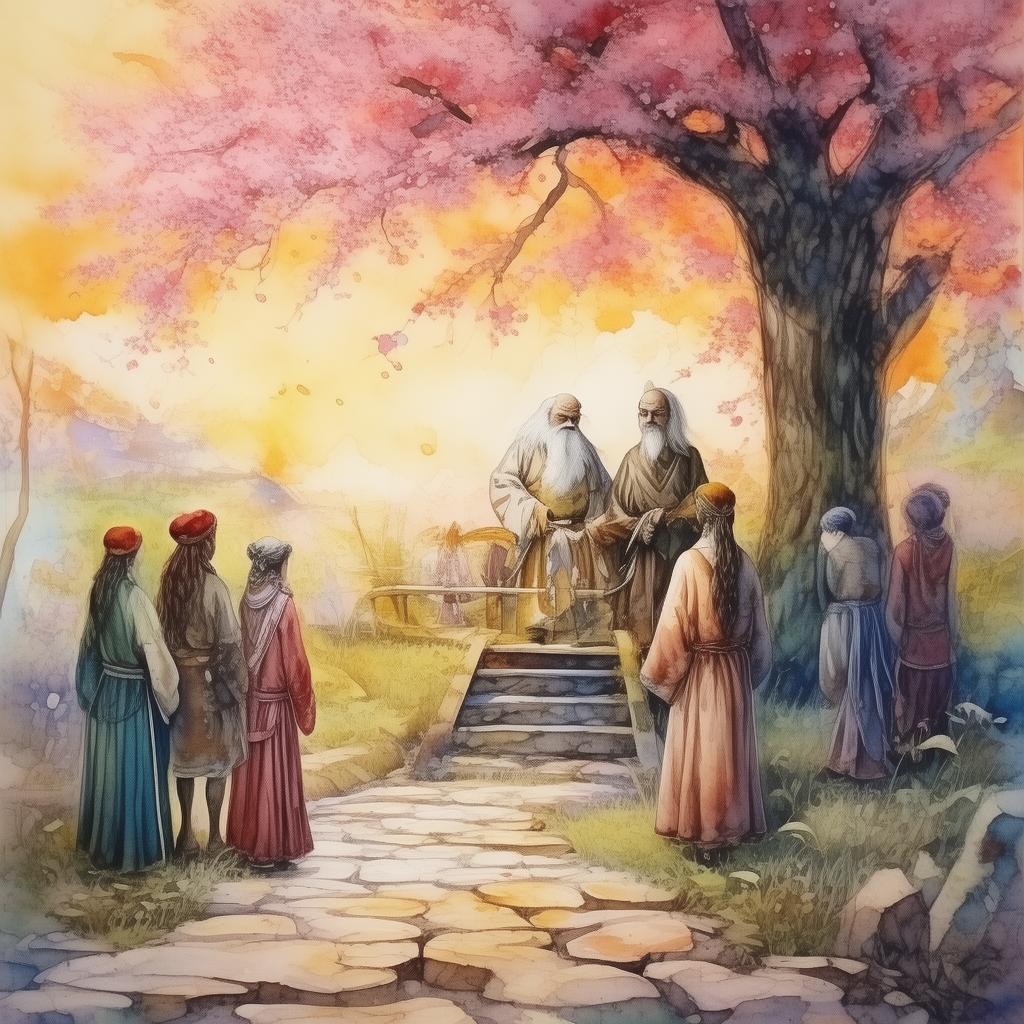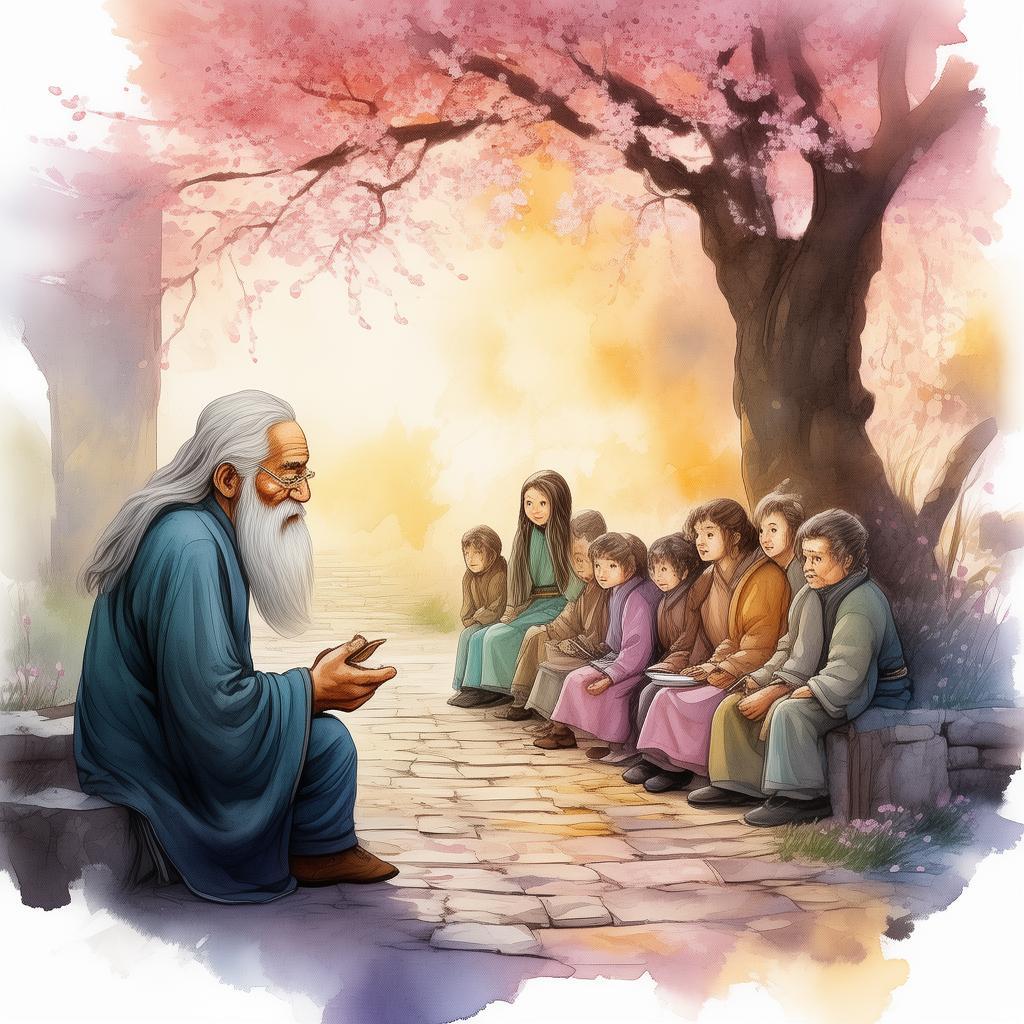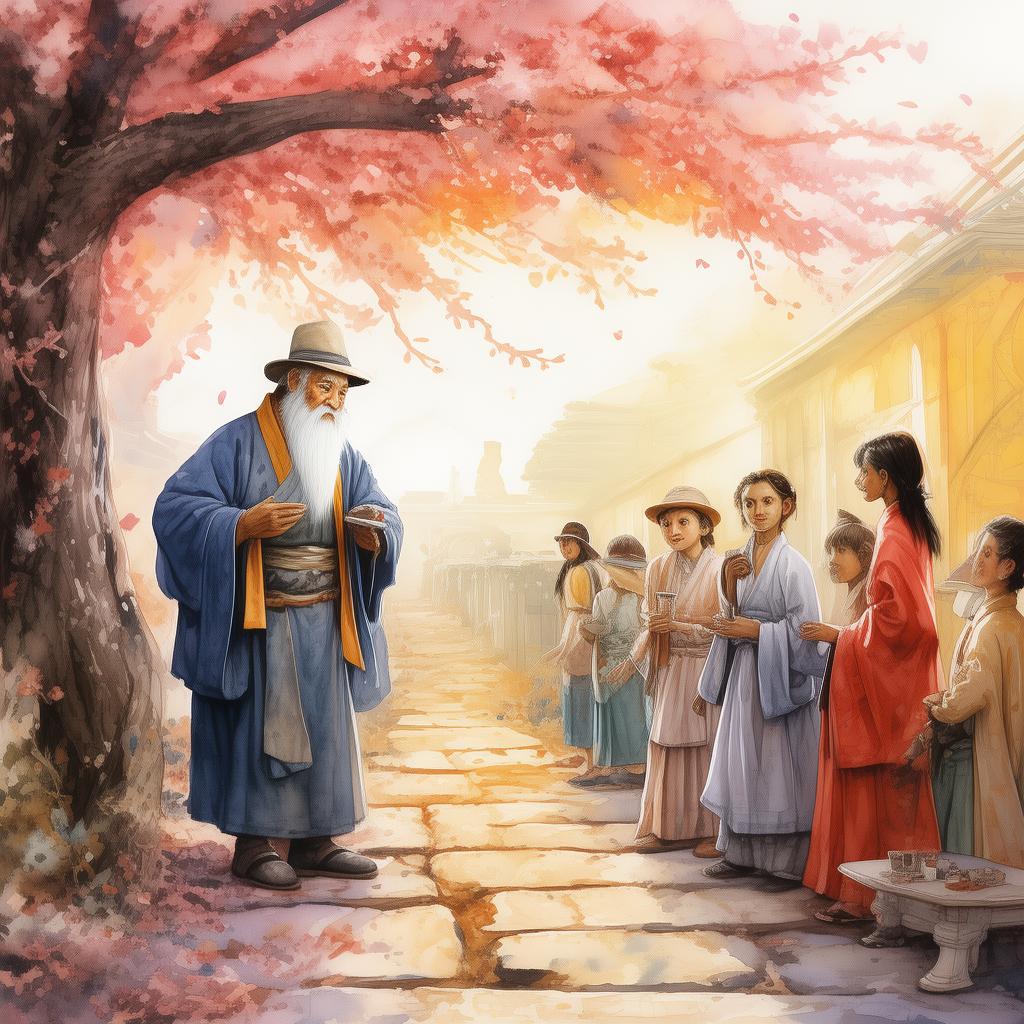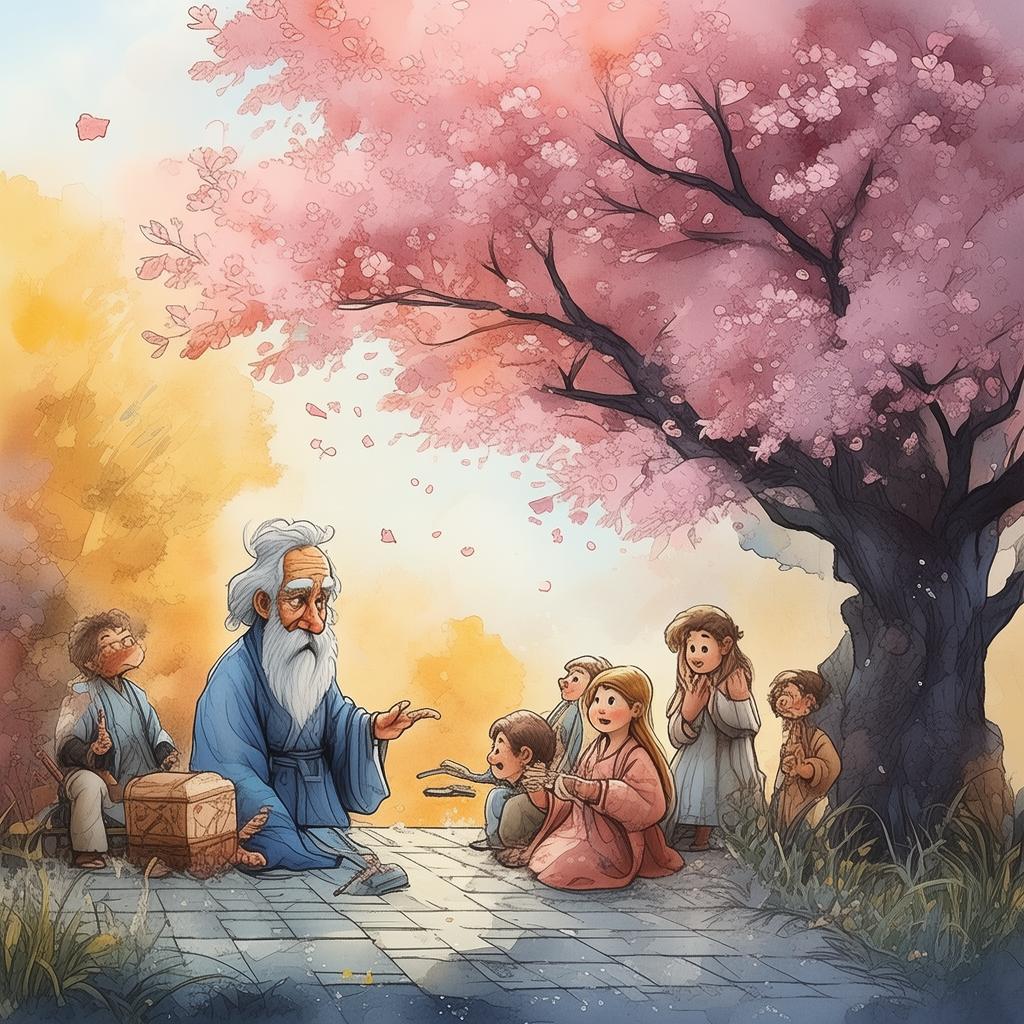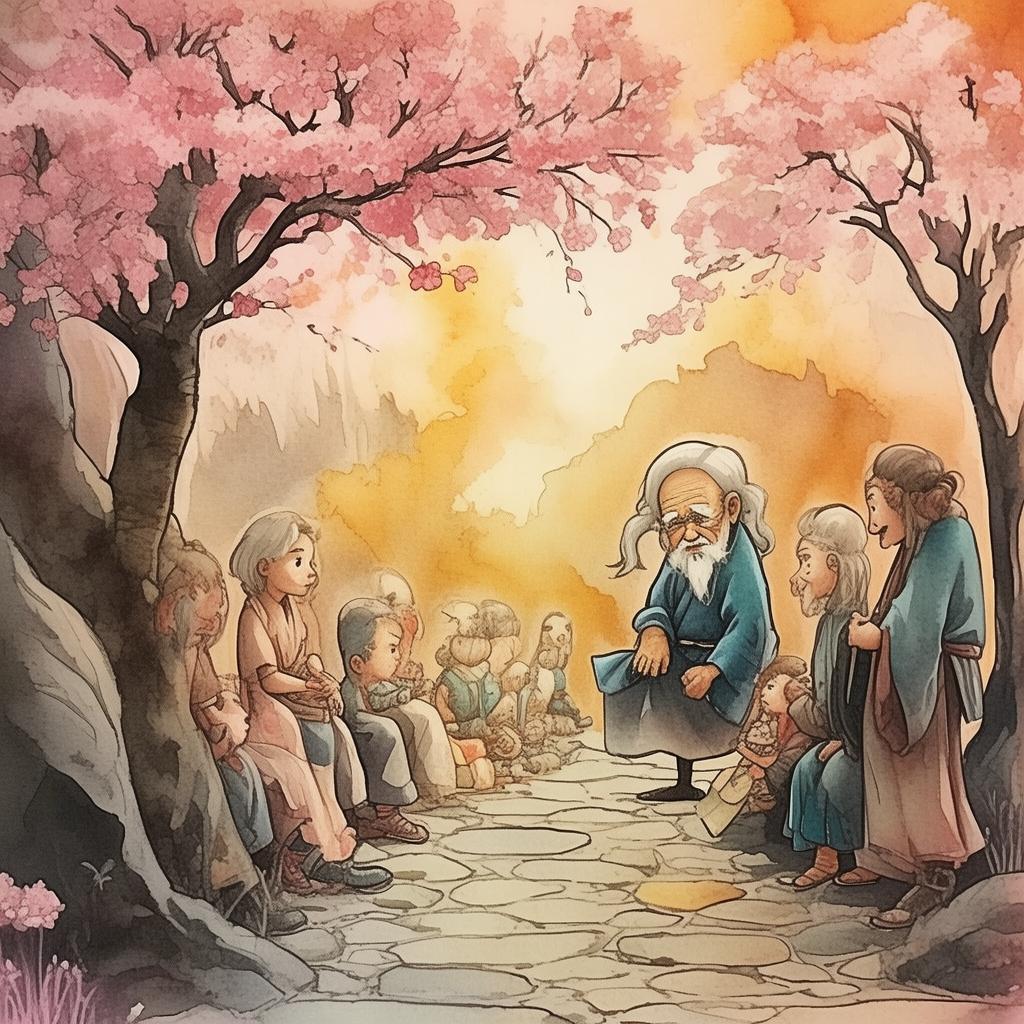The Loom of Fate: A Tale of Art and Ambition
In the ancient land of Yuyuan, where the mountains whispered secrets and the rivers sang of old tales, there lived a young artisan named Ling. She was known far and wide for her unparalleled skill in weaving, a talent that seemed to have been passed down through her bloodline. Her hands could transform the simplest of threads into masterpieces that spoke of the very essence of the world around them.
Ling's parents, both esteemed weavers, had taught her the ancient craft, but she was destined for greater things. Her mother had spoken often of the "Artisan's Paradox," a tale of a master weaver who wove a tapestry so beautiful that it brought forth the wonders of the world, yet at the cost of her own eyesight. Despite the warning, Ling's heart was set on creating a tapestry that would surpass any that had come before.
The story of Ling's journey begins on the day she received her first commission from the Emperor himself, a tapestry that was to adorn the throne room of the Imperial Palace. She spent days and nights in her workshop, the air thick with the scent of silk and the hum of her loom. Her hands moved with a life of their own, each thread meticulously placed to tell a story of the Empire's rise and its people's dreams.
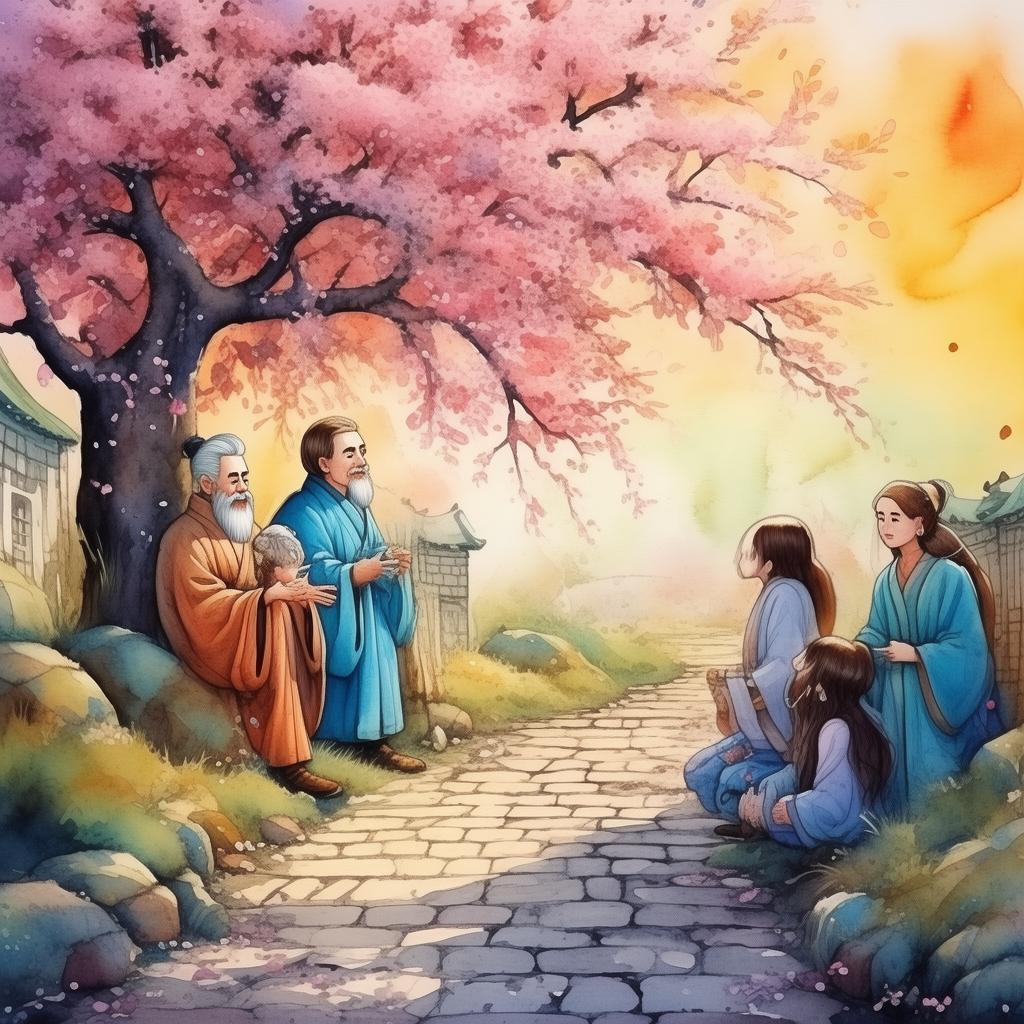
As the days turned into weeks, Ling found herself drawn ever deeper into her work. She became consumed by the image she was weaving, the threads of her life and the threads of her art becoming inseparable. She was not only crafting a tapestry but weaving her own destiny.
It was during the final days of her creation that Ling began to notice changes in her vision. The colors she once saw so vividly now seemed to blur, and the threads she had once manipulated with ease now felt like they were slipping through her fingers. Desperate to maintain her vision, she worked even harder, ignoring the warning signs that her body was giving her.
One night, as she lay in her bed, the room filled with the glow of her loom, she realized that her eyesight was gone. The once vibrant colors of her tapestry had turned into a kaleidoscope of shadows and light. Yet, in that moment of darkness, she saw her masterpiece for what it truly was: a reflection of her soul, a tapestry of her dreams and fears.
The Emperor, upon seeing the tapestry, was so moved by its beauty that he decreed it a national treasure. But Ling's joy was fleeting. She understood the price she had paid, and the "Artisan's Paradox" had become a reality. She had wove wonders, but at the cost of her own sight.
As the years passed, Ling's story spread far and wide. It was said that whenever the tapestry was displayed, the room would be filled with an ethereal light, as if the wonders of the world were being brought forth once more. Yet, no one could see the true cost behind the beauty.
The tale of Ling, the artisan who wove wonders at a cost, became a cautionary parable, reminding all who heard it that the pursuit of art and ambition could be a dangerous path. It was a story that taught that while the creation of beauty could change the world, it could also change the creator.
In the end, Ling's legacy was not just the tapestry she had woven but the paradox she had lived. She had shown that the greatest wonders of the world could be found not just in the threads of a loom, but in the very essence of the human spirit.
✨ Original Statement ✨
All articles published on this website (including but not limited to text, images, videos, and other content) are original or authorized for reposting and are protected by relevant laws. Without the explicit written permission of this website, no individual or organization may copy, modify, repost, or use the content for commercial purposes.
If you need to quote or cooperate, please contact this site for authorization. We reserve the right to pursue legal responsibility for any unauthorized use.
Hereby declared.

